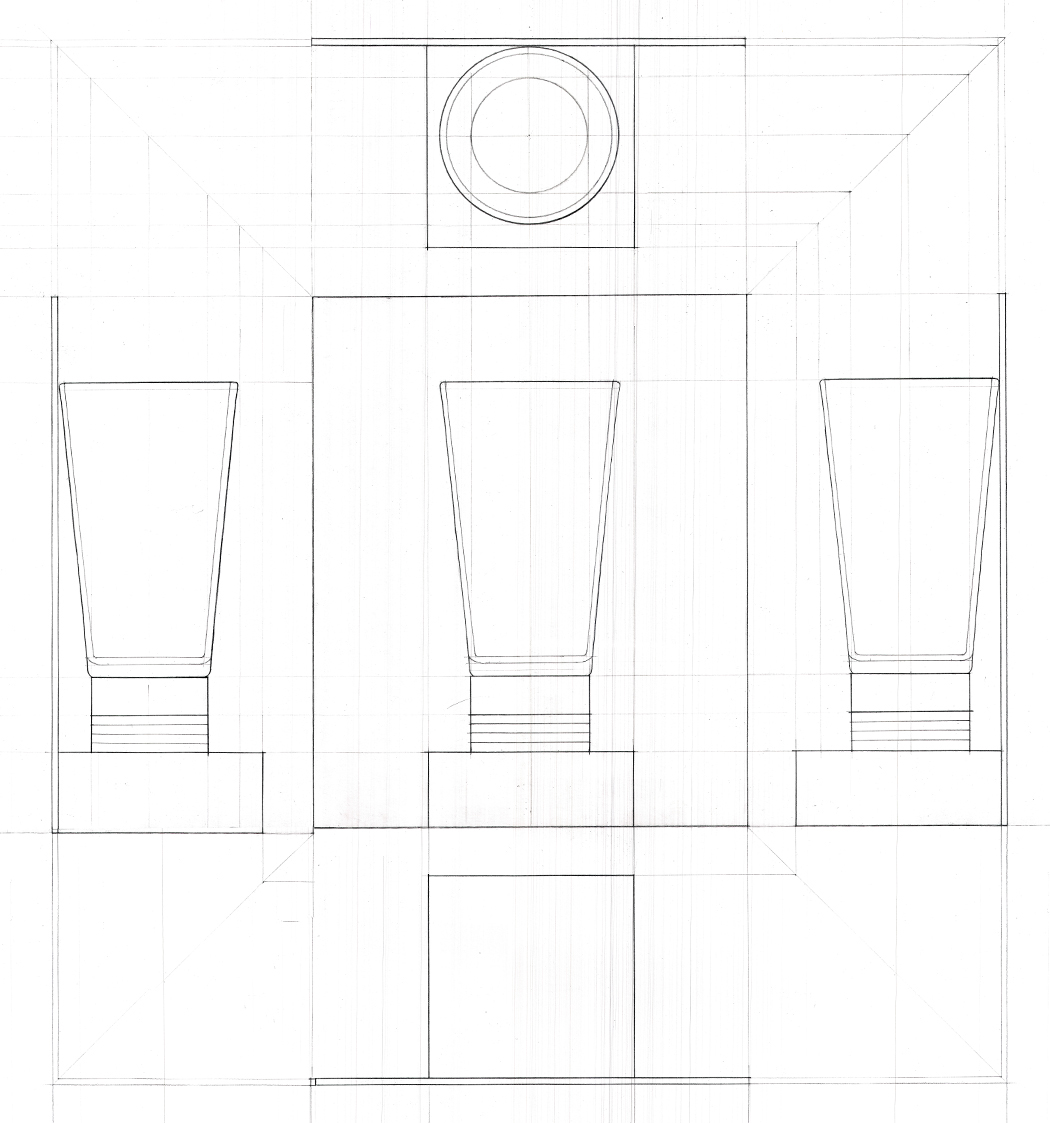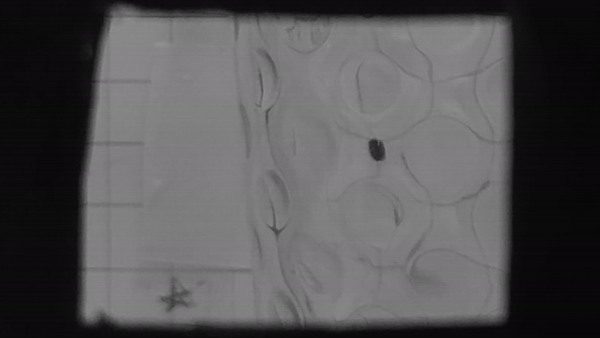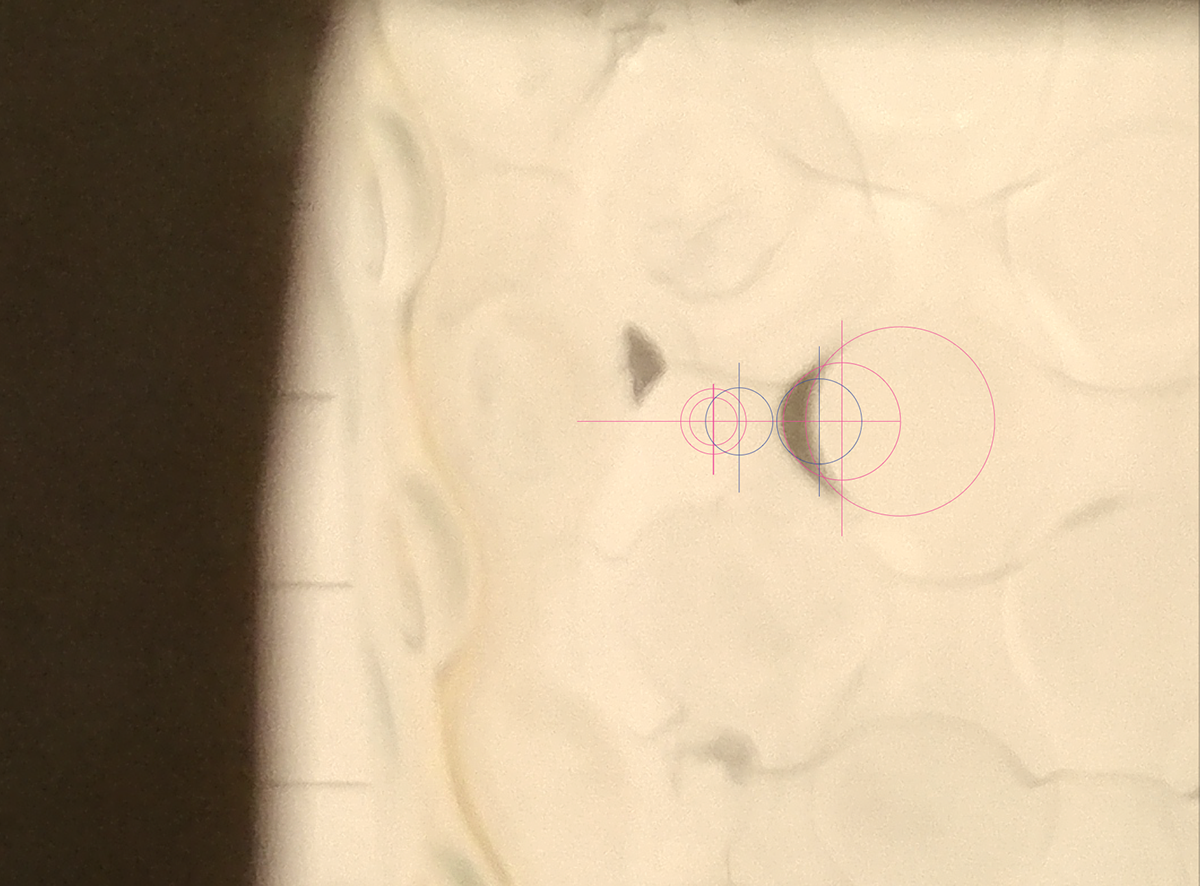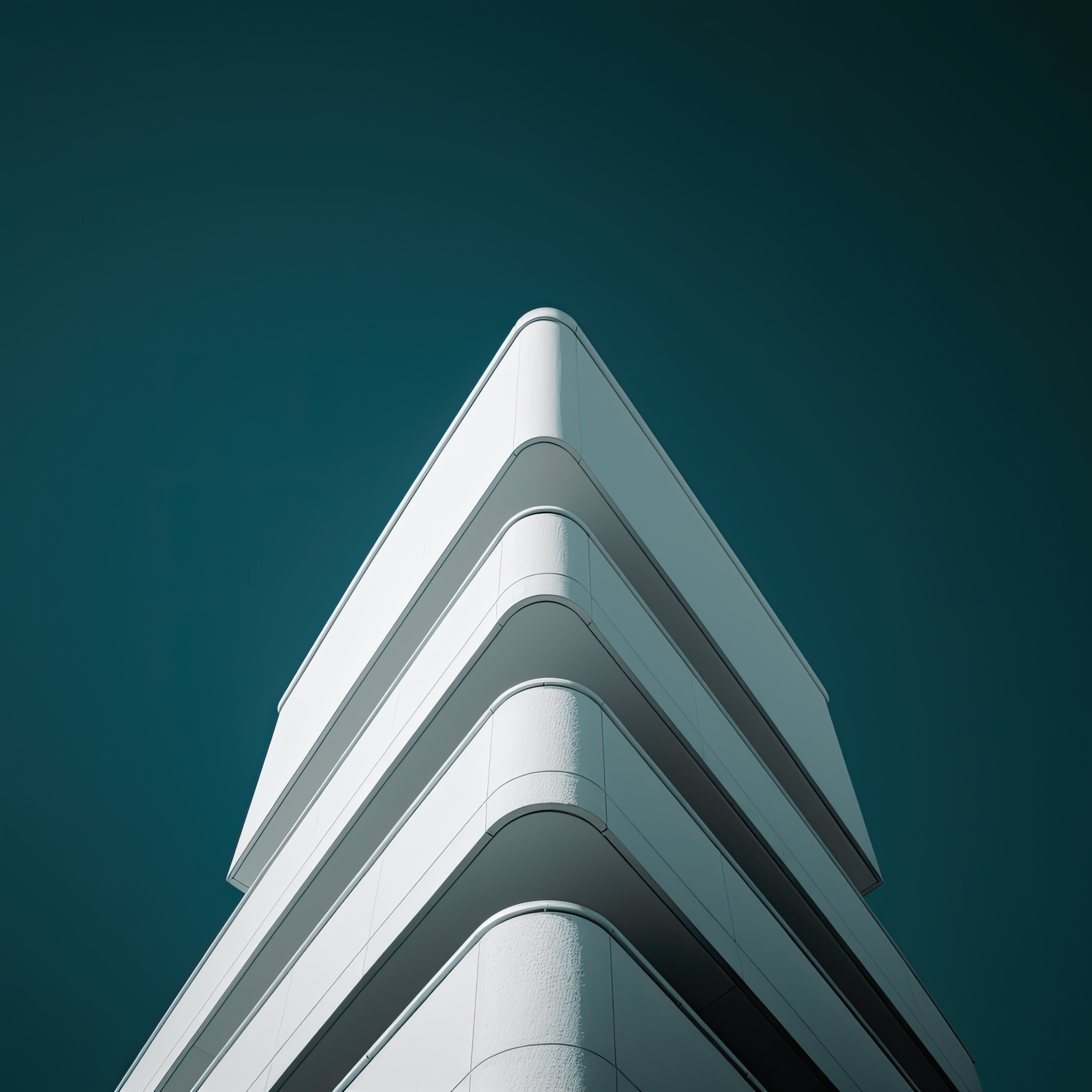Architecture: Depth of Line, Wintersession 2018, Instructor: Yuhao Jiang, Wei-Chun Cheng
Observing a Phenomenon : See through Convex Lens
Drawings are not just a representation of the architecture, but a form of knowing, a form of wonder. We ask questions through drawings and solve questions by drawing and making. The moment you draw, ideas start to evolve. The way you draw reflects the way you think. Your drawings will function as a trigger to stimulate your brain to imagine the world differently. This is a studio course that will challenge students to develop a series of drawings and models to explore and stimulate their imagination toward "Lines" that could be transformed to architectural elements---wall as a boundary, window as a threshold, and so on.
The depth of line can be defined as a boundary (surface), building (volume) or structure (void), the depth of the line needs to be constructed by a different type of drawings and material study. In this course, students will be asked to use drawing to develop their concepts and principles to design their architectural elements. Through two weeks of imagination drawing exploration, they will liberate their thinking to deconstruct the definition of architectural elements in unconventional perspectives.
The depth of line can be defined as a boundary (surface), building (volume) or structure (void), the depth of the line needs to be constructed by a different type of drawings and material study. In this course, students will be asked to use drawing to develop their concepts and principles to design their architectural elements. Through two weeks of imagination drawing exploration, they will liberate their thinking to deconstruct the definition of architectural elements in unconventional perspectives.


On the first day of the class, the professors told us to bring a transparent object that fits within a 15x15x15 cube. I chose a glass cup with convex lens on it. The next step was to find an interesting phenomena from our selected objects. To come up with the phenomenon, I first identified what is the unique property of my object that distinguish from others and it was that it having convex lens that distorts the image behind of them.




After finding a phenomena, we moved on to explorations of the finding and mediums. I chose to work with black and white color schemes to emphasize the distortion of the letters through the convex lens of the glass cup.




After finding the phenomenon I wanted to focus on, I explored more with the stage to expand more opportunities. Yet, I found that having letters on the background other than any other patterns has more compelling distortions through the convex lenses. I even experimented three-dimensional stage, but it added more elements only on the surrounding shapes than the distortions. Consequently, I decided to keep the letters as my stage design, yet I added several layers of chipboard underneath the cup to adjust the height on the desired level.






While studying my object more, I discovered the surface of the glass cup is not linear as I assumed by facing the side of the cup against a metallic ruler. (1)To get the accurate measurement of the surface I applied hot glue along an imaginary straight line of the surface and put a piece of cheap board over it. After waiting for it to be cooled down, I pulled off the cheap board from the cup while being cautious of not separating the hot glue from the board. (2) Then, the the board in half to get a straight line and, later, I added another cheap board perpendicular to (1) to prevent it from bending to be served as a handle. (3) On a paper, I marked the width of top and bottom part of the cup which I carefully measured with a digital caliper.(4) Then, I used (2) to draw the line from the top to the bottom points. (5) Then I cut out along the lines and used it as a guide line for an orthographic drawing of the glass cup.

Orthographic drawing of the glass cup with stage design (25*25")
Observing a Phenomenon : Translations & Models
Now, as on the process of drawing the orthographic drawing gave me a sense of the appearance of the glass cup, I moved on to the investigations of expressing the phenomenon.





These illustrative and abstract paintings with various material explorations expanded the expression of the distortion I observed, yet I believe an architectural drawing need more than a illustration of the observation. It needs further exploration and measurement at some points. Continuing with vague ideas and inaccuracy will lead to the confusion. Therefore, I made another tool to establish some concrete standard and limitation to physicalize the imagination.



I chose to build up the model with bristol papers and cheap boards as they are easy to add-on and adjust. This is designed to restrict observers' view on the same height level and perspective, so the result they get from the investigation would not be different from one another. Here's the video that features how this model helps with documenting observation.
Among the observations I found with this model, what I was most intrigued with was the gradual distortion of the dot as it gets closer to the convex lens. The effect the convex lens influences on the shape of the black dot as it approaches gets more dominant as it gets closer to the lens.

To study more accurately, for each time of taking pictures, I marked on the strap to verify the distance moved, and documented the arrays of pictures. Now, having the pictures of each transformation made it easier to notice more information of this phenomenon. As you can see, when the dot approaches the lens from the left to the outer boundaries of the convex lens and finally make a interaction, an amazing thing is happening. The dot appears on the inner boundaries of the right side(which is the reflected side of where it approached). And again, when the dot interacts with the inner boundaries of the convex lens from left side the dot appears on the outer boundaries of the right side. It's a demonstration of reflection of reflection.



All these finding gradually led to where I should begin with my final drawings. The observation of the dot appearing from the other side of where it entered reminded me of the sequence of lunar eclipse. Also, the dot from my model is confined to move along routine like the moon orbits around the earth. Moreover the texture the dot is forming when it fills inside of the lens look alike the bumpy surface of the moon. Consequently, I designed my final drawings to form my own solar system based on all the observations I made. The convex lens will take the place of moon and the spot where the observer watch this whole transformation will be the earth and the dot will be the sun.

Dimension: 24*42 inch
Thank you for watching :)


